Presenting The Thinking Process Behind Your Photographs To Improve Your Photography
Us photographers know full well, “good enough” is never good enough.
You should always strive to make the most you can out of any idea.
Ideas aren’t something that you come by every day, but with enough practice, you’ll learn to develop them more and more until you achieve a complete product.
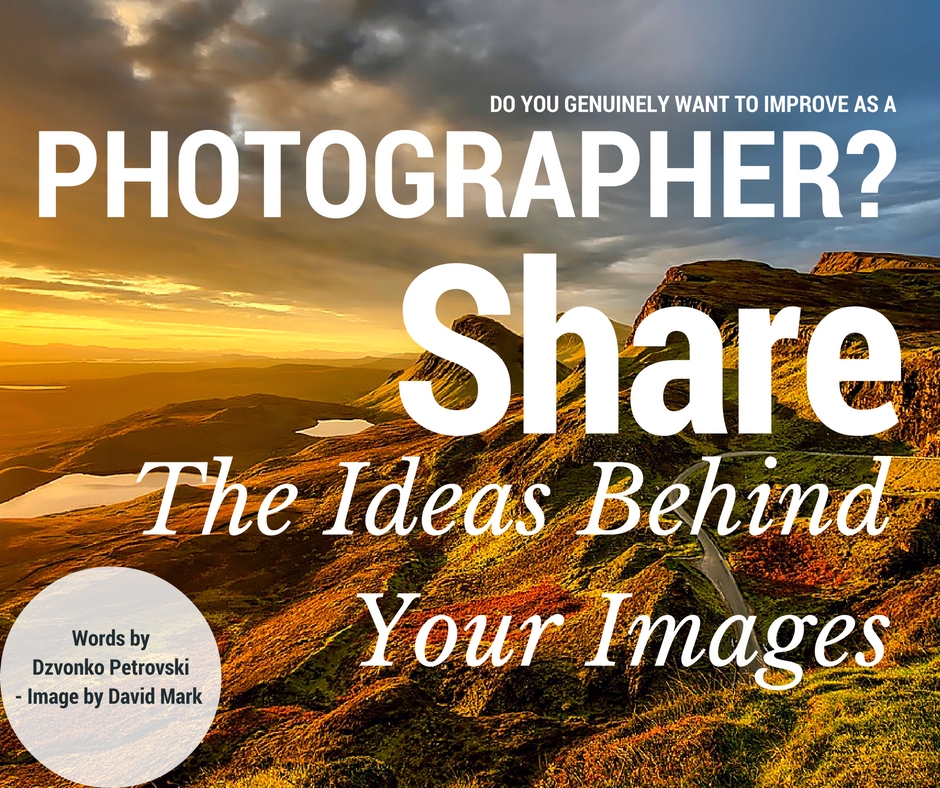
Photographs may often look pretty good from where you're sitting, and although you’ll notice the areas in need of improvement, you might be inclined to let them slide and address the issues “next time.”
However, experience tells me, there is no next time. You should do it now.
You have to force yourself to make the most out of a photograph, even if it means redoing it 50 times.
I’ll provide you with two examples to show you how to improve your photographs.
1. Photographing Architecture
I was wandering around my hometown, which is undergoing a massive overhaul, and I saw this piece of new baroque architecture that I wanted to photograph.
My immediate instinct was to capture this arch with the clouds in the background. It had nice contrast and color, so I took this shot.
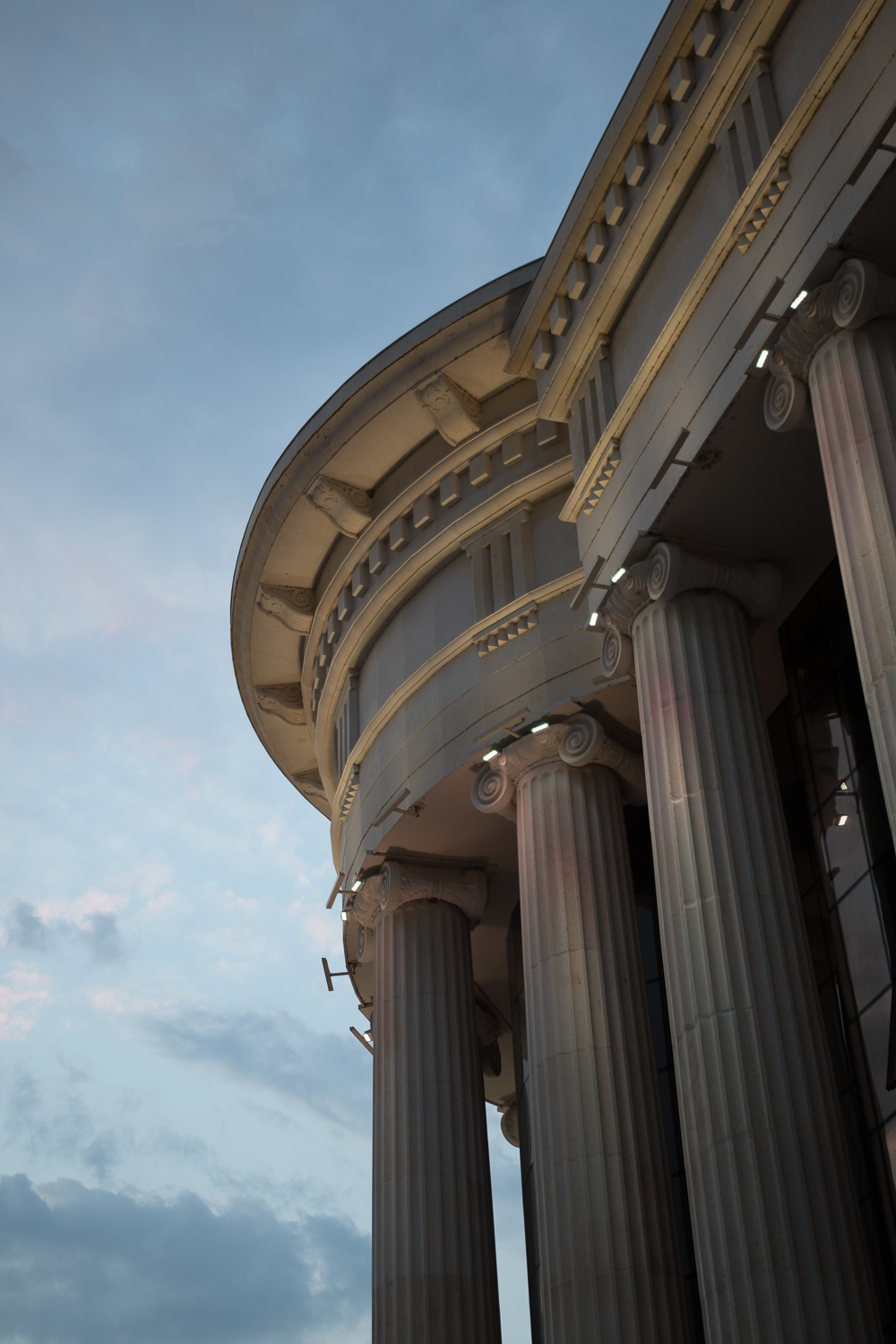
The Problem
I then soon realized that it could be better.
Architectural photography is all about making the arches and every crease in the concrete pop, so I decided that I’d make a high-contrast picture.
But then it became clear that the clouds would have too much contrast and it would become a distraction. Hmmm, back to the drawing board on this one…
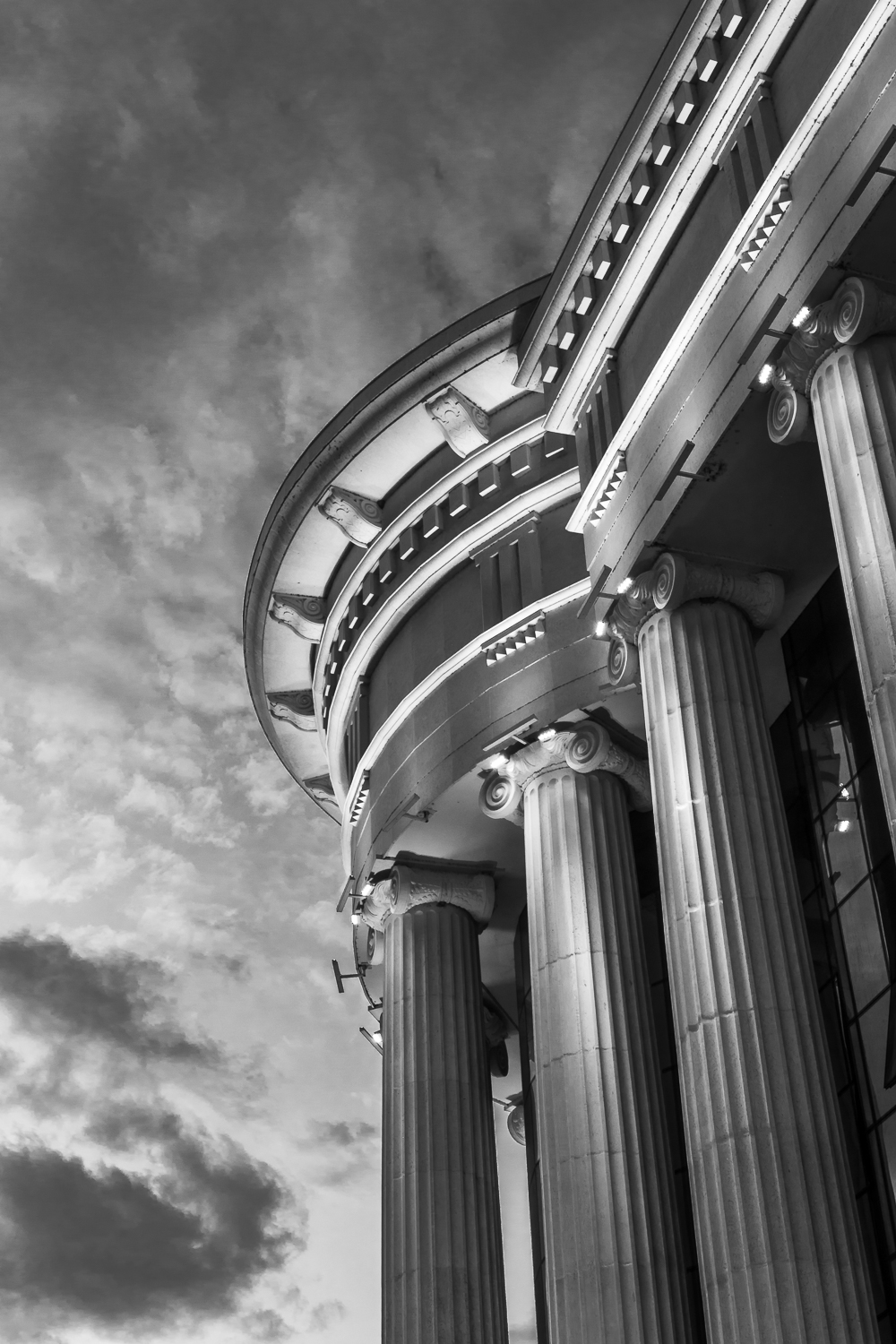
Problem Solved
In order to solve that problem, I decided to shoot ten photos at a longer exposure (I closed up the aperture to the max and fitted a CPL filter in order to trim out even more light).
So, ten shots with 2-second exposure each turned out to be 20 seconds of exposure.
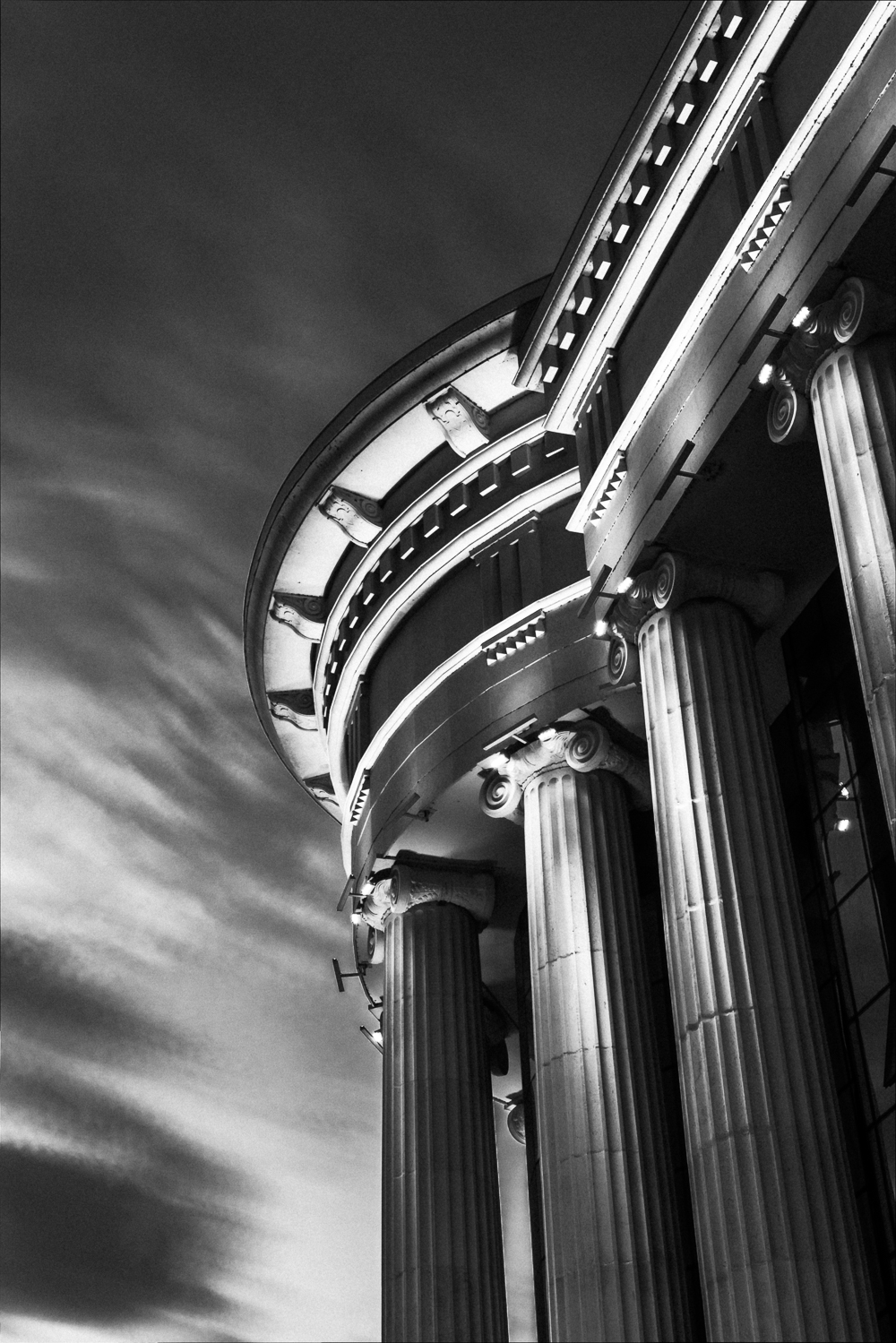
2. Portrait
Portrait photography can often be deceptive, even to the photographer. It's easy to believe the portraits came out great when in reality they were just average.
This is simply because most models (especially if their gender is opposite that of the photographer) can distract the photographer from noticing that the picture (final product) is missing key elements.
When I photograph models, I usually break everything down into stages, especially when the models are friends of mine. So in this case, I took some shots of my friend and tried to build upon it.
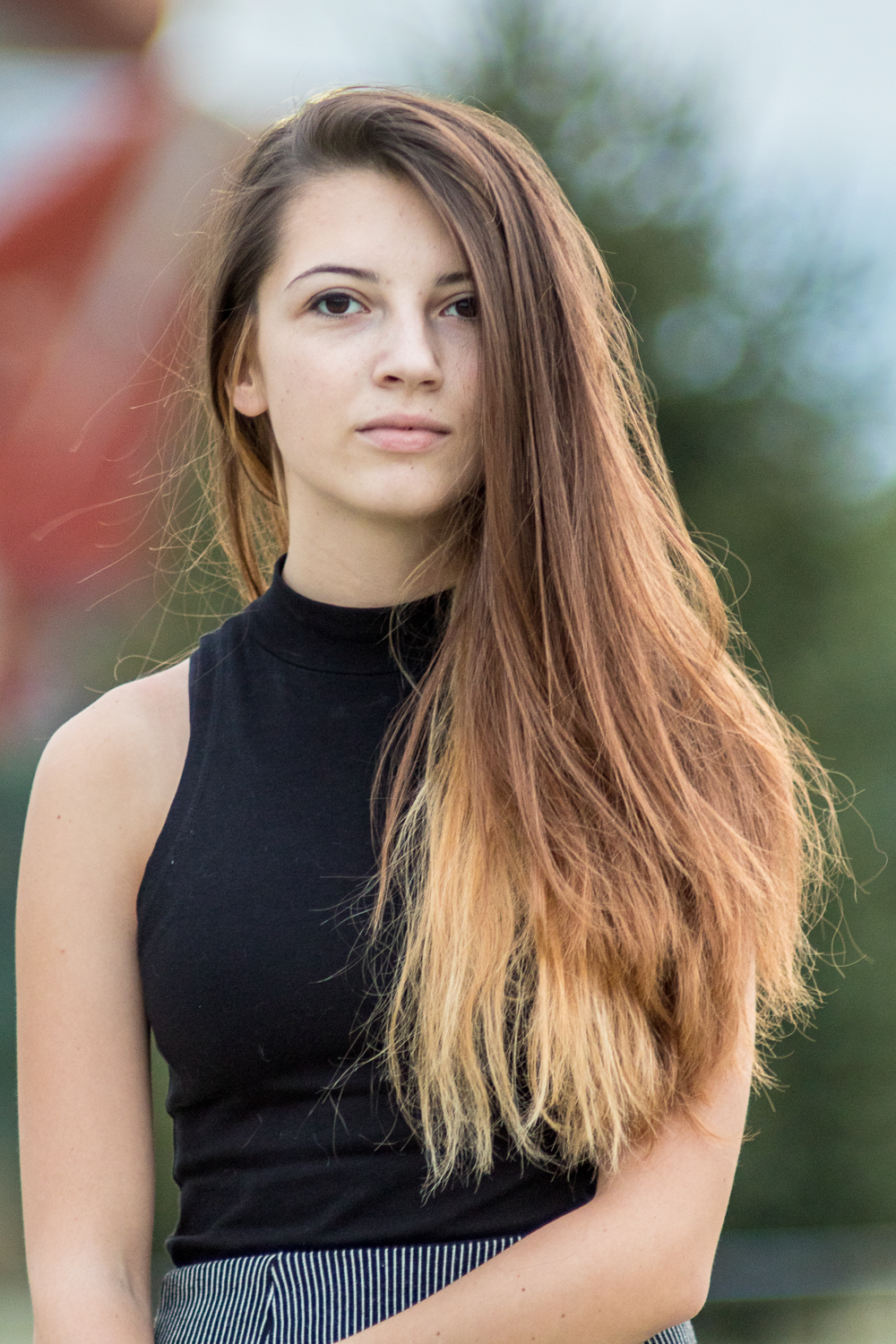
How Could I Improve This?
Without a doubt, it was a decent portrait, but it could be better.
It will improve as you add more elements to it. So after some make-up and some magic with the hair, the portrait is starting to improve and it is already more interesting and appealing.
At the same time, it is more flattering for the model.
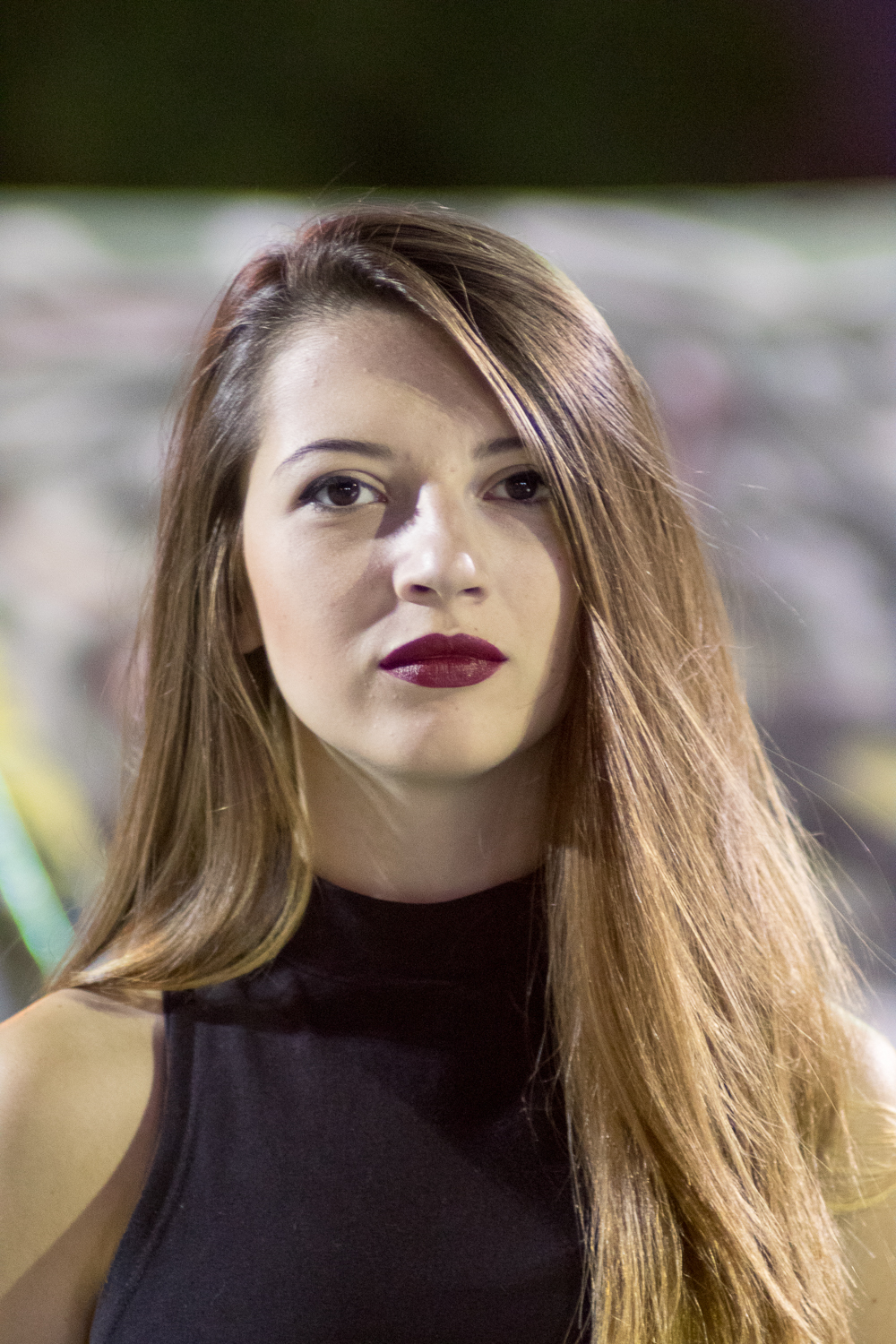
To Further Improve…
What if I can do even better?
Well, I can always do better. So can you. Never stop thinking about improvements. They can always be done, and the more you dive into it, the better the results will be.
So, I decided to find a better spot to photograph the model so as to have better light and background.
Using just a reflector to fill in some light and a better background, the portrait is now complete. Of course, some portrait retouch (a process which is explained in depth here and here), and some post-production magic is necessary to make a truly great final product.
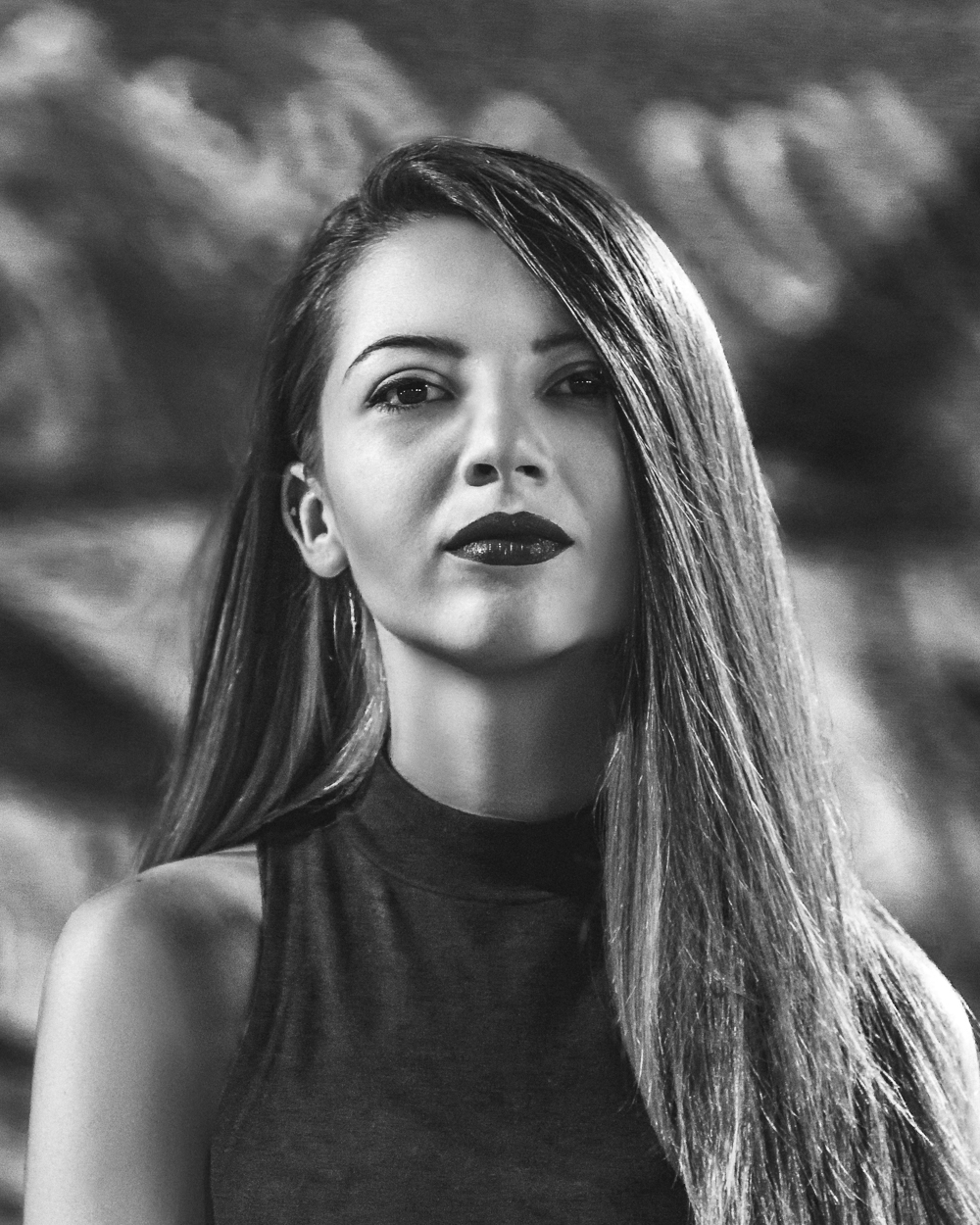
Summary
Every idea can be built upon with the goal of realizing what more you can do to improve. You must push yourself to do better all the time. Be reasonable, of course.
You can’t dwell on a single idea for years, but you can spend more than 30 minutes to further develop that idea, right?
So, here are some great tips I have to offer you:
- Shoot more,
- Build upon an idea,
- Combine ideas, and
- Whatever you do, never stop saying that this photo is good enough because it is never good enough. It is either just a snapshot or a great photo. The amount of work and creativity you put in it will decide which one it is.
How To Improve Your Photographs – Top Takeaways
- Firstly, get into the mindset of knowing that even if you took a GREAT few shots in that last session, there are always some improvements to be made to your photos.
- Don't be afraid to try and test, ask people's opinions on your ideas and if they think it works or not – doesn't have to be another photographer either.
- If you get stuck with where to begin, just take it right back to basics like: composition, light angle, general exposure, lines etc. Try not to over complicate to begin.
Further Resources
- How to Use a Reflector for Better Outdoor Portraits by Rachael Towne
- Use These 4 Tips To Avoid Critical Editing Mistakes by Dzvonko Petrovski
- 10 Critical Assumptions That Can Devastate Your Artistic Goals by William Petruzzo
Further Learning
When looking to have optimal light – especially for portraits, sometimes you need to make the use of artificial light as a primary source.
This training will teach you the fundamentals of how to use a Speedlight to capture those professional-looking headshots, in super quick time!

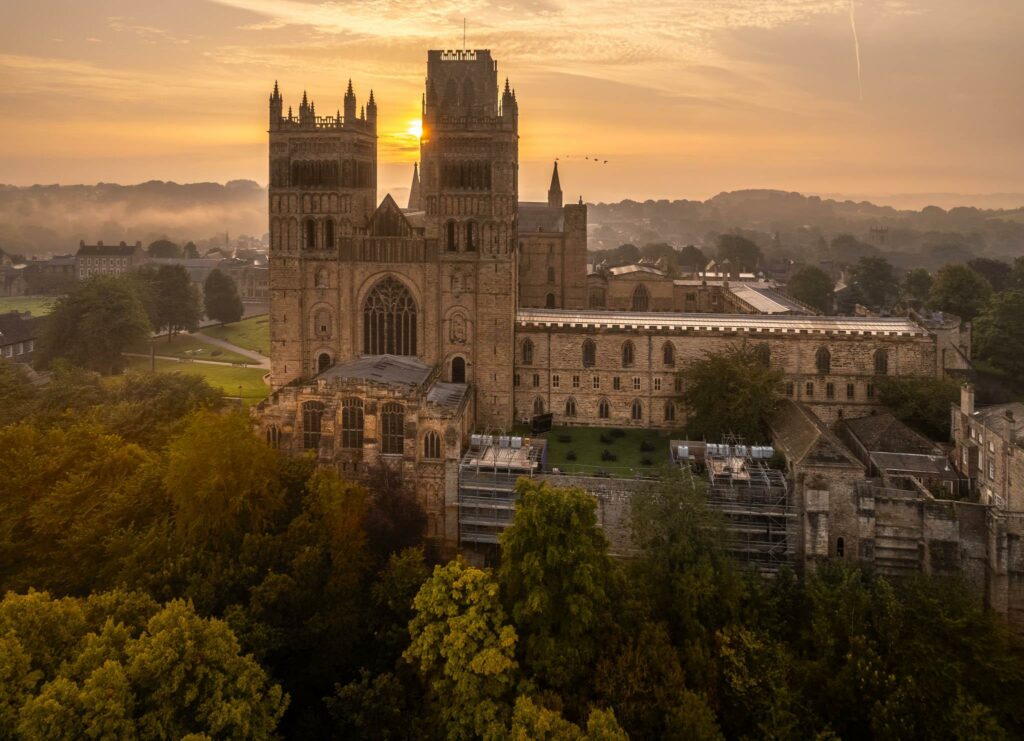
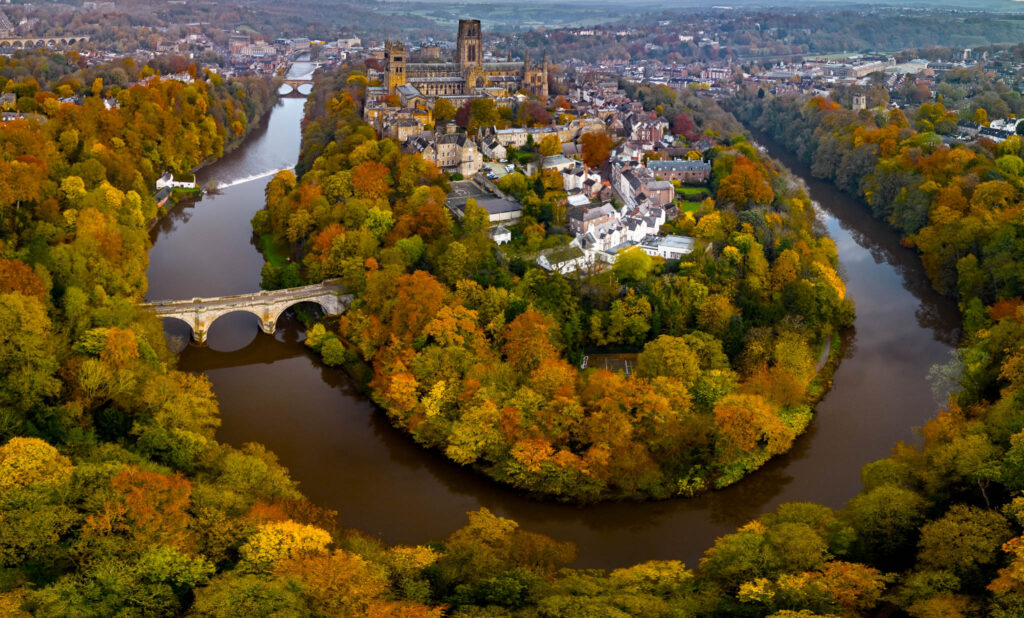
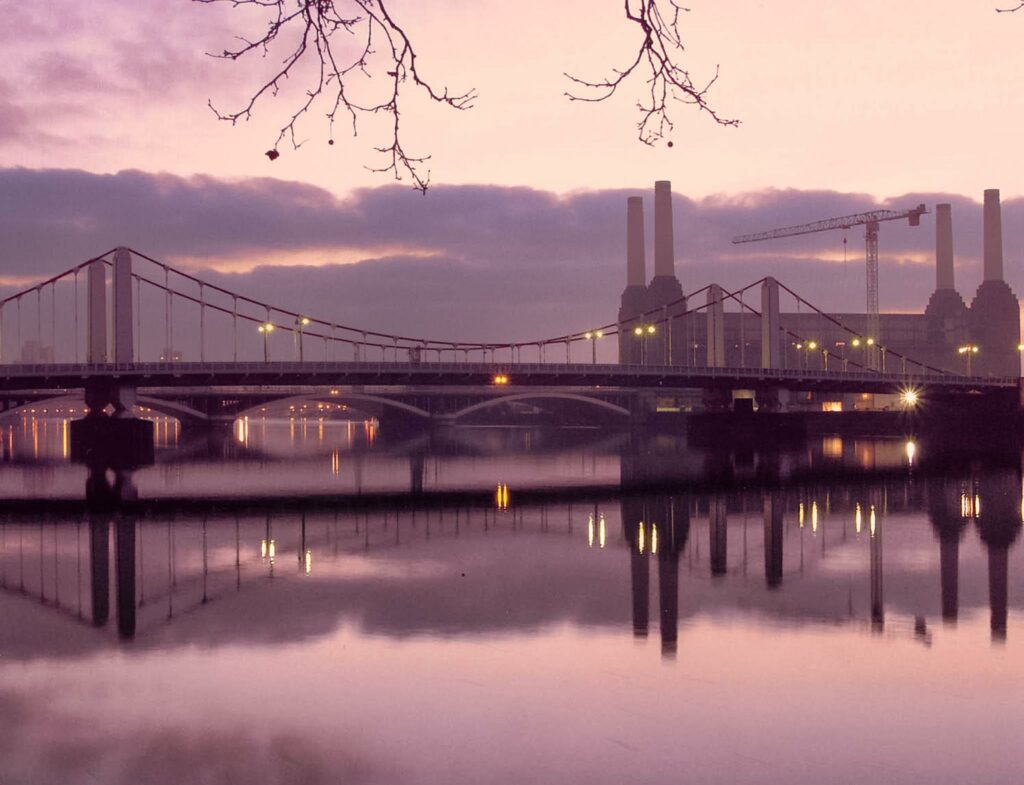
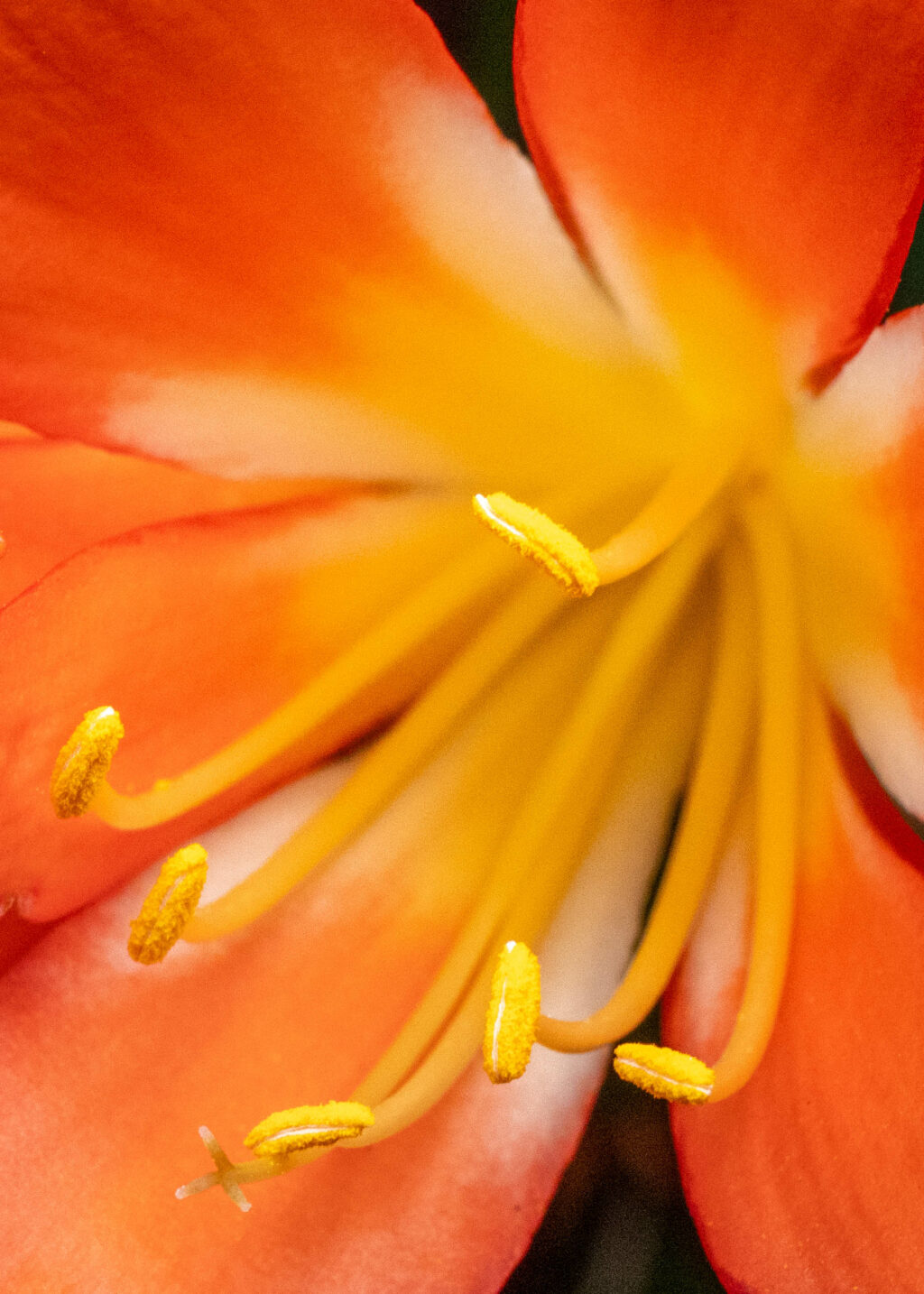
2 Comments
Thank you for sharing! Your insight has inspired me unlike any other. This seems to be exactly what I need to stretch my boundaries. I can not wait to rethink many of my often-shot subjects and finding they are only “good enough”. I am grateful you are not afraid to share your knowledge, I sincerely appreciate it! ~Cj
I like the idea of 10 2-seconds shots. How did you combine them?